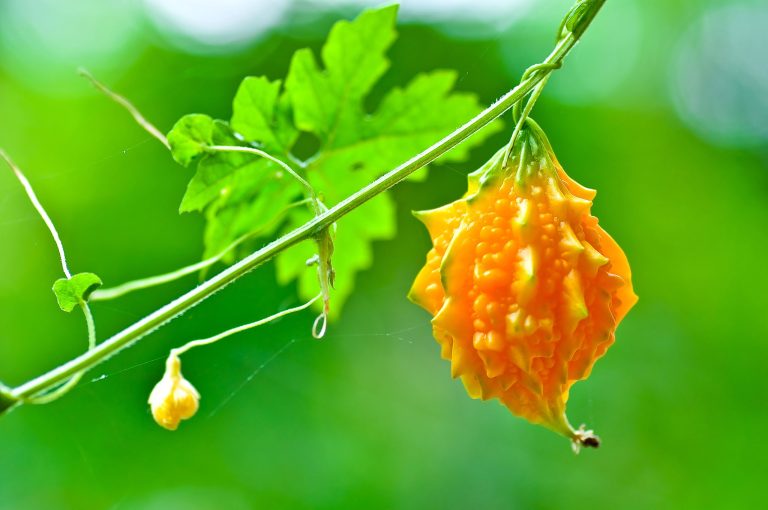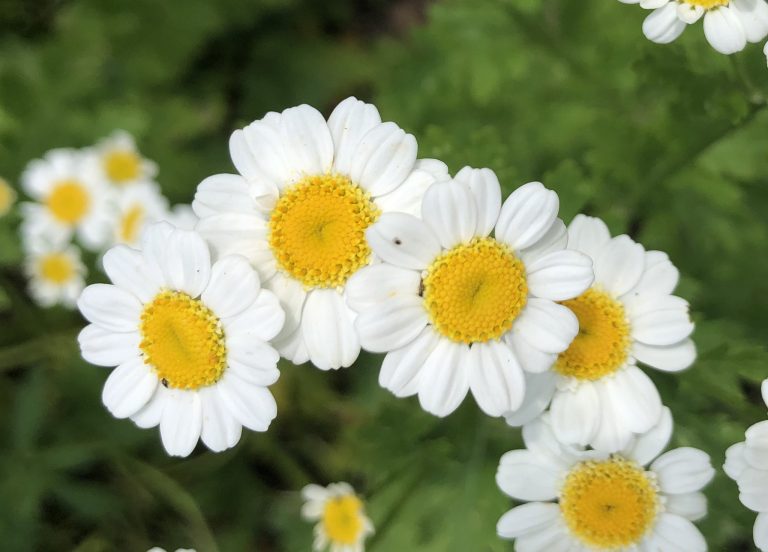According to Chinese tradition, autumn begins in August, with the thirteenth solar term Liqiu (立秋), a period spanning August 8-August 22. These two weeks are recognized as the first solar term of autumn, when the weather is still hot, but the air is dry.
Cooler weather is approaching, although it is still some weeks off. There is much to harvest, and it is important to stay hydrated and replenish nutrients lost after months of consuming light, summer fare. A number of interesting customs are practiced during Liqiu to ensure health and good fortune.
Liqiu customs

On the first day of Liqiu, people traditionally stepped on the scales — not because they were worried about gain, but to see what they have lost during the summer months. Those who have become thinner are encouraged to fatten up again by enhancing their diet, especially with meat dishes. Many regional customs also have to do with food.
Peaches are getting ripe, and in Hangzhou, eastern China, people not only eat them, but also save the stones to burn as part of the New Year ritual. Turning the pits to ash is supposed to help ward off plague for the new year.
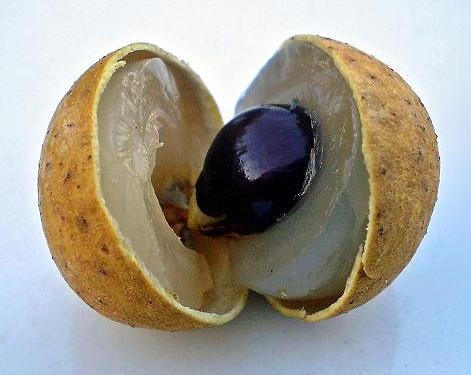
The tropical longan, or “dragon’s eye” is also in season. This mildly-sweet fruit of the soapberry family has a yellow, leathery skin covering its translucent, white flesh. Some believe that eating the fresh fruits can help their descendants become senior officials. In any case, it is an excellent source of vitamin C.
Success
You are now signed up for our newsletter
Success
Check your email to complete sign up
In Yiwu, Zhejiang Province, eating red beans has been a custom since the Tang Dynasty. Facing west, several beans are taken, like pills, with well water, to prevent dysentery during the autumn months. Also known as adzuki, or red mung beans, this legume is a good source of plant protein, rich in minerals like potassium, phosphorus, and magnesium, and contains dozens of antioxidants to prevent cell damage.
Since the Qing Dynasty (1644–1911) melons and gourds have been consumed to drive off the summer heat and prevent diarrhea for the next three seasons. People in Tianjin still put them outside the day before Liqiu, and eat them at the start of autumn. Especially popular in China is the bitter melon, valued for its sour flavor and numerous health benefits. It is considered medicinal food in both traditional Chinese medicine (TCM) and Ayurvedic medicine.
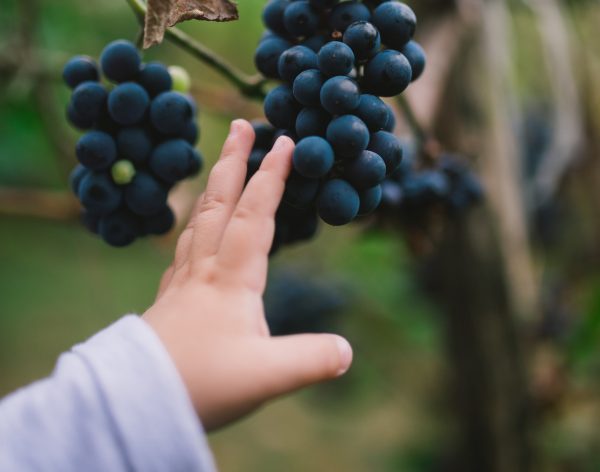
Another custom, dating back to the Yuan Dynasty, is called “touching autumn.” According to legend, during their revolt against the Yuan soldiers, peasant soldiers camping on the bank of the Huaihe River in Jiangsu Province were so hungry that they picked some fruit to eat from nearby gardens. Their general intended to punish them harshly, but the villagers pleaded on their behalf. From then on, anyone who took fruit from any garden — public or private — at the start of Autumn would not be regarded as a thief.
White fungus soup
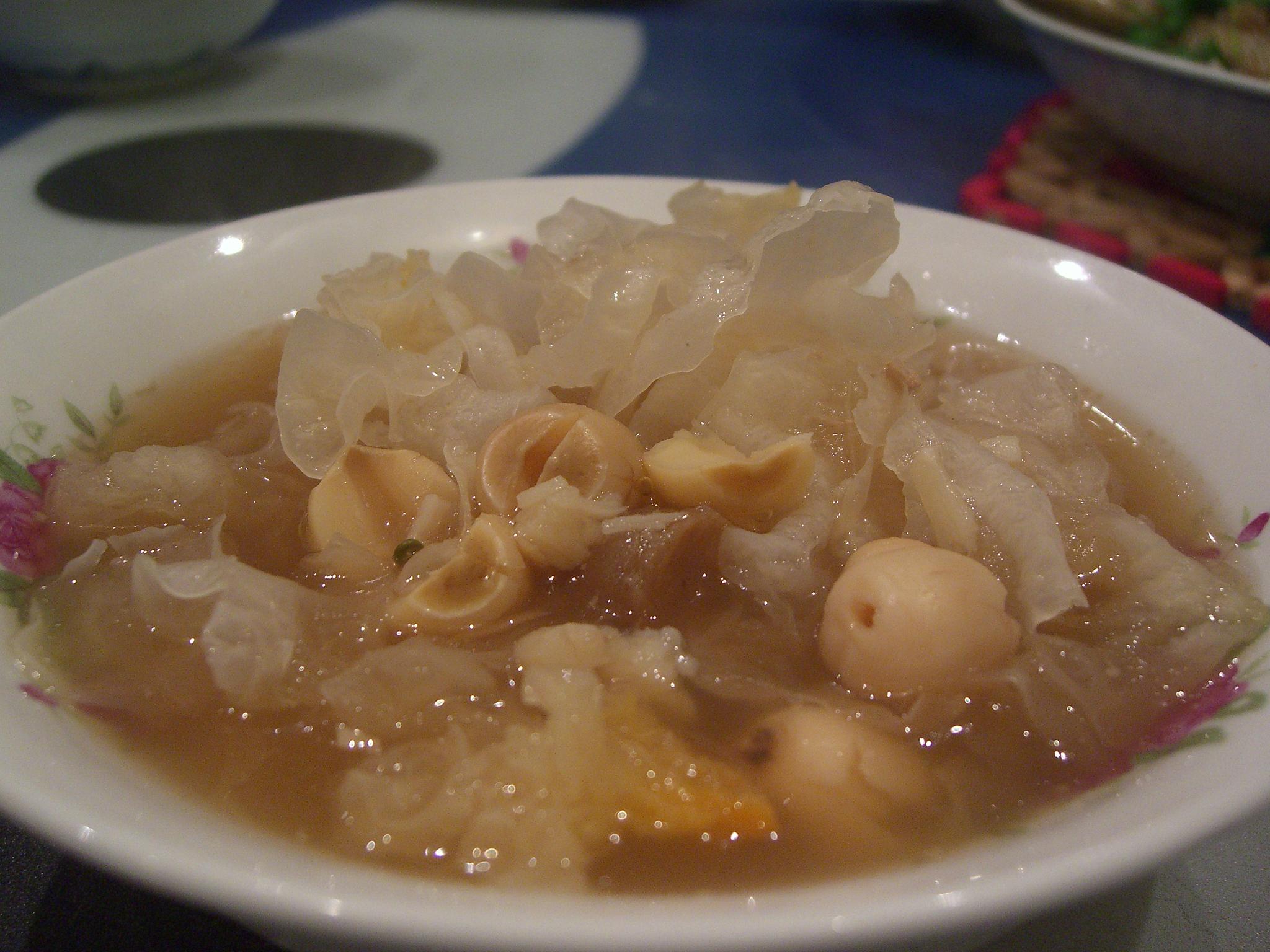
A popular autumn dish throughout China is white fungus soup. White fungus (baizhi (白芝) (Tremella fuciformis) is chewy and gelatinous when cooked, but has little flavor. According to TCM, white fungus is beneficial to the kidneys, lungs, stomach and heart. It can strengthen the body and speed recovery from illness, and has a rejuvenating effect on the skin.
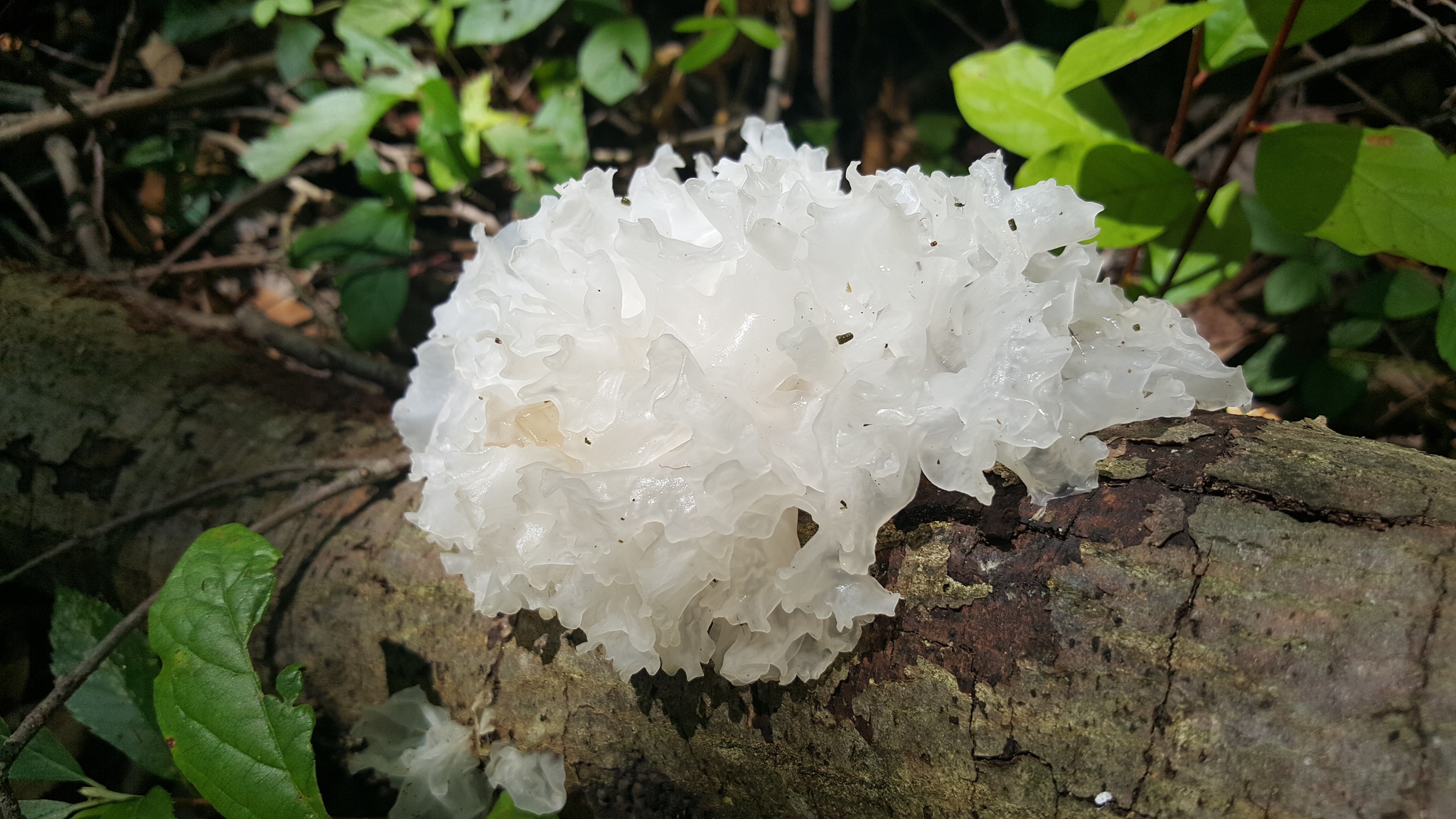
White fungus soup is typically made sweet, rather than savory; although the ingredients can vary quite a bit. Lotus seeds (莲子 liánzǐ), (Nelumbo nucifera) are a common companion for the mushroom. Medicinally valued for nervous disorders, insomnia and cardiovascular diseases, the bitter seed germs are removed for cooking purposes. Still, the seeds are a good source of antioxidants and minerals, lotus seeds are also a natural source of glutamine, — a hydrophilic amino acid that aids in the production of collagen — promoting elasticity and hydration for younger-looking skin.
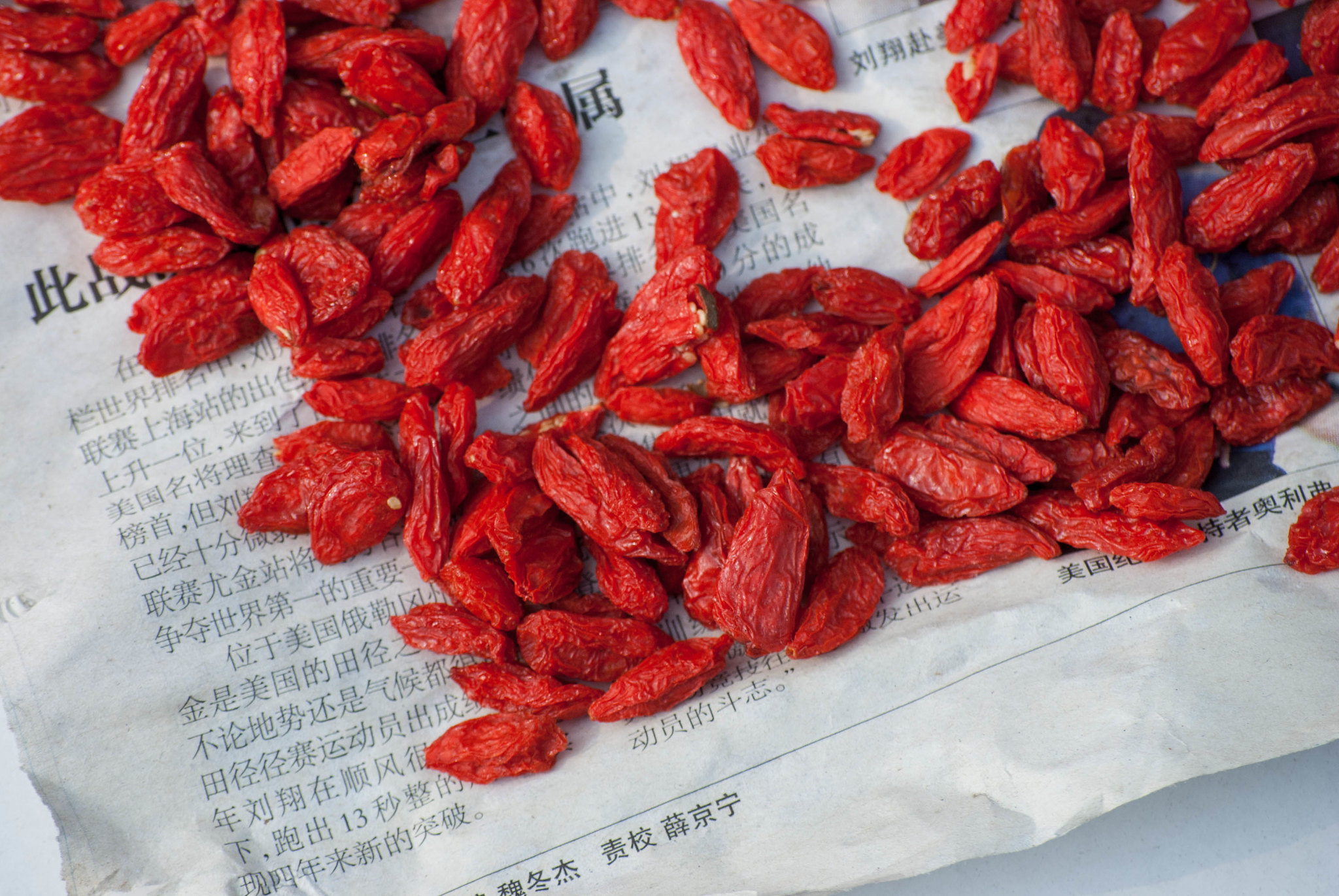
Another typical ingredient is wolfberry (枸杞 gǒuqǐ), (Lycium barbarum), more commonly known as goji berry. Also used in TCM, goji berries are believed to strengthen the kidneys, liver, and lungs, support good vision and promote longevity. Dried, they look like skinny, bright red raisins and have a sweet, mildly sour flavor.
Similarly, red dates (紅棗 Hóngzǎo) (Ziziphus jujuba), are a sweet, dried fruit with medicinal value. According to TCM, jujubes can tonify blood deficiency — marked by cold extremities, weakness, fatigue, poor appetite, and unusual cravings for non-nutritious substances. Jujubes are known to be high in antioxidants, rich in vitamin C, and a good source of potassium.
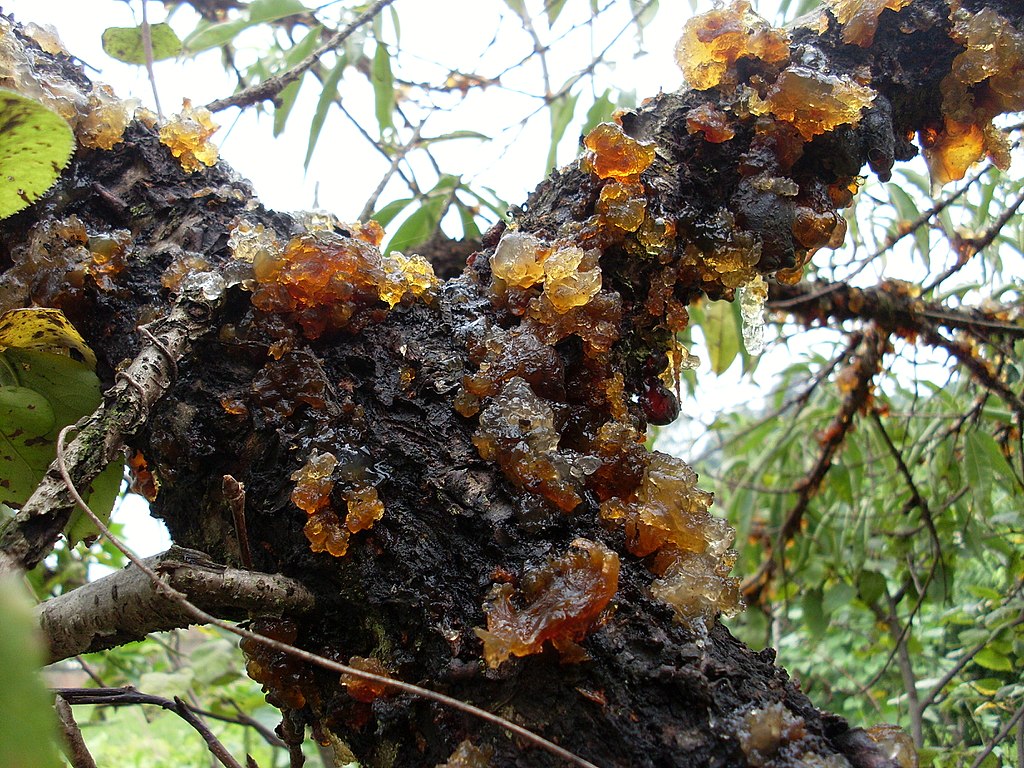
To further enhance the hydrating effect, peach gum (桃胶 táo jiāo), a dried resin from the Chinese wild peach, can be added to the soup. It has little flavor, but will help thicken the soup like a gelatin. If additional sweetness is desired, fresh Asian pear or Chinese rock sugar is recommended, but brown sugar will do in a pinch.
Most of the ingredients for this simple dessert soup can be obtained from Asian markets — or purchased online.
Recipe for white fungus soup:
Ingredients:
- 1 ounce dried white fungus
- 10 cups water
- 2 Tbsp goji berries (dried)
- 3 Jujubes (dried)
- Optional: ¾ ounce peach gum (rehydrated and cleaned), 1 Asian pear (fresh and pared), rock sugar or brown sugar (to taste)
Method:
Method
- Lotus seed and peach gum should be soaked overnight to rehydrate.
- Remove the bitter germ from inside the lotus seeds.
- Rinse any impurities off the peach gum.
- Soak the white fungus for 10 minutes or until rehydrated.
- Remove the tough base from the fungus, rinse well, and remove any debris.
- Bring the dried fruits, fungus, seeds and water to a boil, then reduce heat and simmer, covered, for one and a half hours. Fresh fruits can be added mid-way, while rock sugar is added at the end of cooking, and stirred until dissolved.
Enjoy hot or chilled as a fortifying dessert or refreshing beverage.



